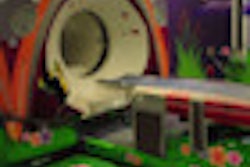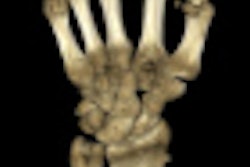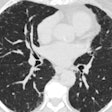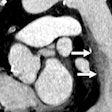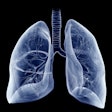Wednesday, December 1 | 10:40 a.m.-10:50 a.m. | SSK05-02 | Room S404CD
What are the effects of running a computer-aided detection (CAD) algorithm concurrently during the reading process for low-dose CT studies? A group from Kobe University in Japan sought answers in this study.
The group previously found that using CAD concurrently in the reading process can offer comparable observer performance -- and with less reading time -- to CAD as a second reader in evaluating lung nodules on MDCT studies.
That study, however, only employed standard-dose CT studies, said presenter Sumiaki Matsumoto, MD, PhD.
"This year's paper substantiates the same statement based on a new study using both low-dose CT and standard-dose CT," he said.
The authors found that concurrent CAD on low-dose CT offered the same level of accuracy and shorter reading time compared to second-read CAD on both low-dose and standard-dose CT.




